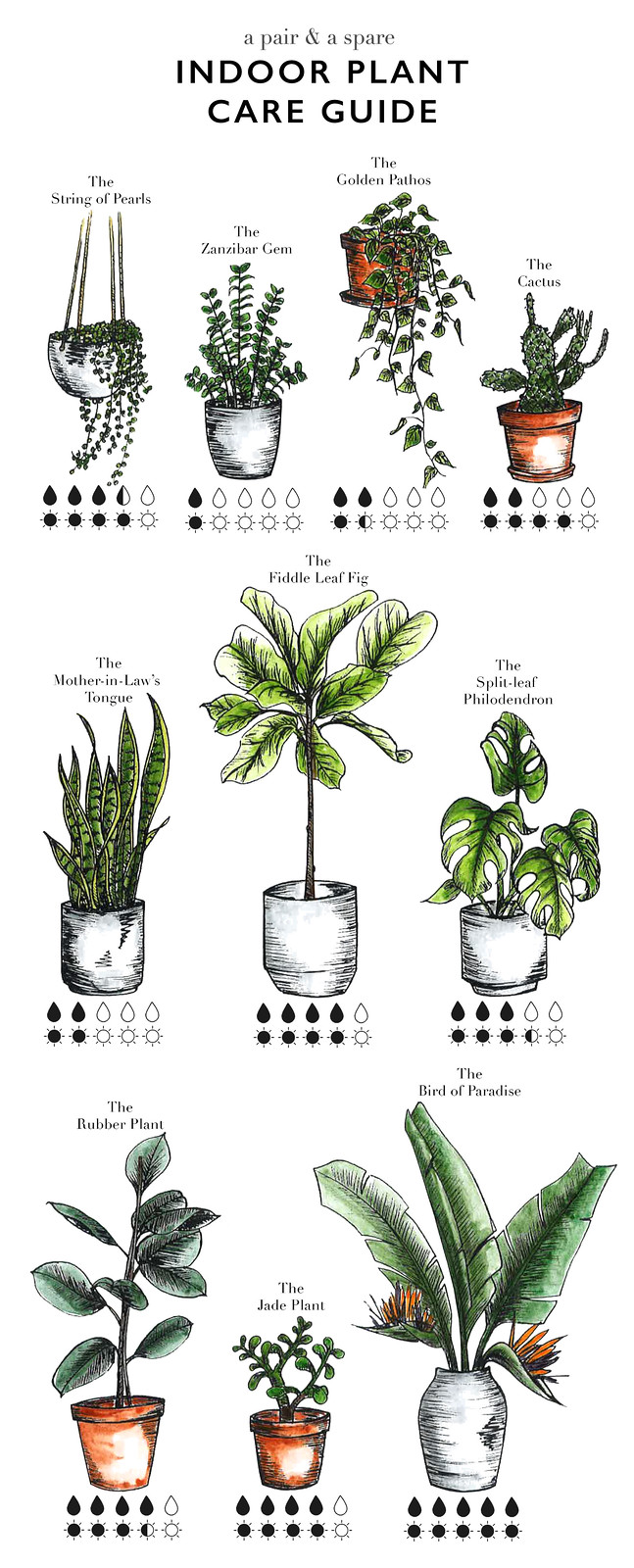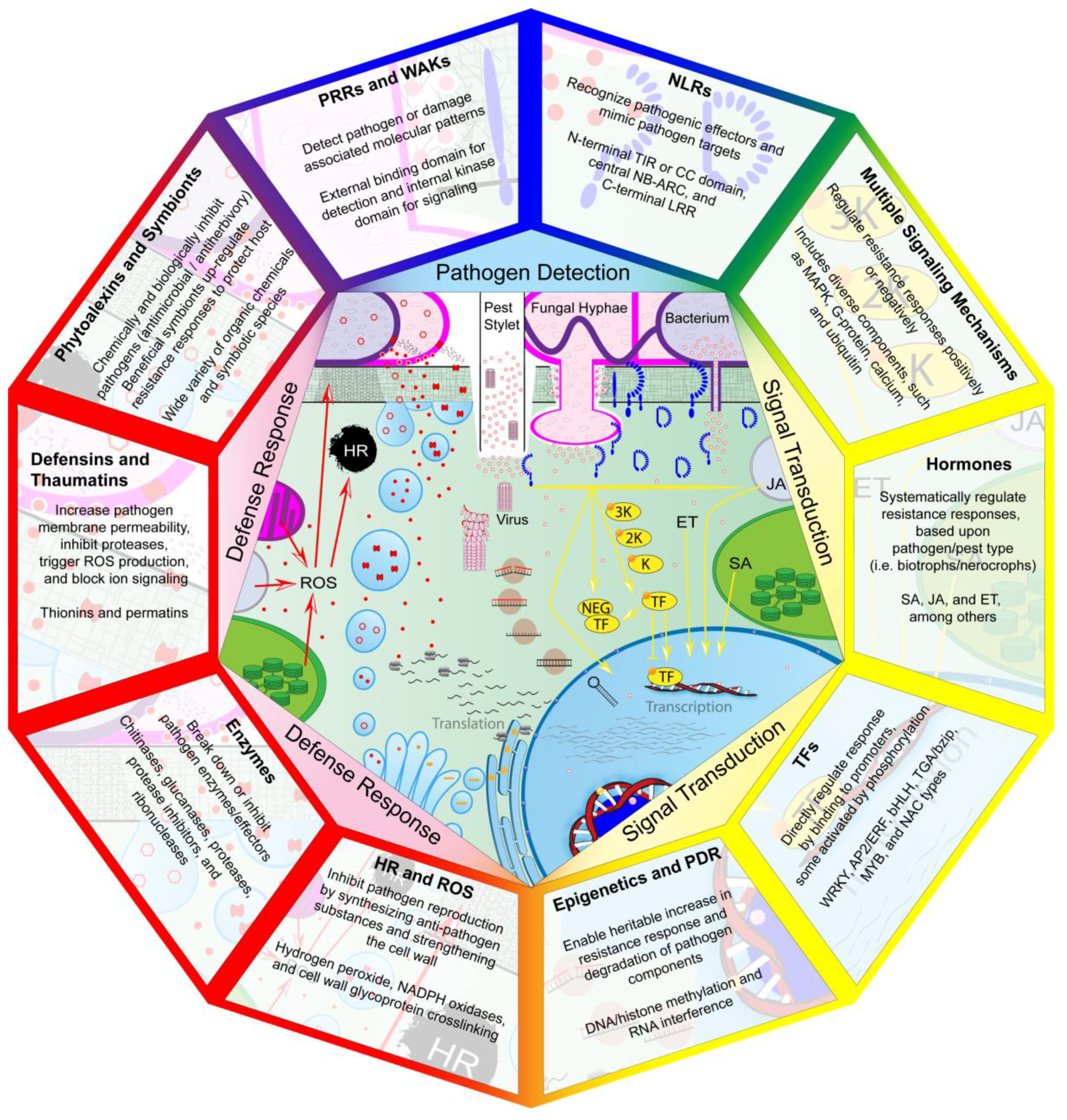The Ultimate Plant Pairing Guide: Mustknow Combinations For A Thriving Garden
Introduction
Companion planting is a gardening practice that involves planting certain types of plants together to benefit each other. By carefully selecting which plants to grow near each other, you can improve their growth, deter pests, and attract beneficial insects.
There are many different companion planting combinations that you can try, but some of the most popular include:
- Basil and tomatoes: Basil repels thrips, which can damage tomato plants. It also attracts pollinators, which help to increase tomato yields.
- Cucumbers and nasturtiums: Nasturtiums attract aphids, which can be a problem for cucumbers. The aphids will then be eaten by the nasturtium's natural predators, such as ladybugs.
- Marigolds and carrots: Marigolds repel carrot flies, which can damage carrot roots. They also help to improve the soil's drainage, which is beneficial for carrots.
- Peas and beans: Peas and beans are both nitrogen-fixing plants, which means they can convert atmospheric nitrogen into a form that other plants can use. By planting them together, you can help to improve the nitrogen content of your soil.
- Potatoes and tomatoes: Potatoes and tomatoes have different nutrient requirements, so they can help to balance each other out. Potatoes need a lot of nitrogen, while tomatoes need a lot of phosphorus. By planting them together, you can provide each plant with the nutrients it needs to thrive.
Main Content
In addition to the popular combinations listed above, there are many other beneficial plant pairings that you can try. Here are a few more examples:
- Beetroot and chives: Chives repel carrot flies, which can damage beetroots. They also help to improve the soil's drainage, which is beneficial for beetroots.
- Broccoli and lavender: Lavender repels cabbage moths, which can damage broccoli plants. It also helps to deter other pests, such as aphids and spider mites.
- Carrots and onions: Onions repel carrot flies, which can damage carrot roots. They also help to improve the soil's drainage, which is beneficial for carrots.
- Cucumbers and sunflowers: Sunflowers provide shade for cucumbers, which can help to protect them from pests and diseases. They also help to attract pollinators, which help to increase cucumber yields.
- Lettuce and spinach: Lettuce and spinach have similar growing requirements, so they can be planted together to save space in your garden. They also help to attract beneficial insects, such as ladybugs and hoverflies.
Conclusion
Companion planting is a great way to improve the health and productivity of your garden. By carefully selecting which plants to grow together, you can help to deter pests, attract beneficial insects, and improve the soil's fertility.
If you're new to companion planting, it's a good idea to start with a few simple combinations. Once you've had some success, you can start to experiment with more complex pairings. There are many resources available to help you learn more about companion planting, such as books, websites, and gardening magazines.
With a little planning, you can use companion planting to create a thriving garden that is both beautiful and productive.
Are you looking for the perfect plant pairings for your garden? Visit Home Gardening for our comprehensive guide to companion planting. We'll show you which plants work well together and which ones should be avoided.
Our guide includes information on the following topics:
- Which plants attract beneficial insects
- Which plants deter pests
- Which plants improve the growth and flavor of other plants
- Which plants have similar water and sunlight requirements
We also provide a list of common companion plants and their benefits.
Visit Home Gardening today to learn more about plant pairing and create a beautiful and productive garden!
FAQ of plant pairing guide
- What is a plant pairing guide? A plant pairing guide is a tool that helps you choose plants that will thrive together in the same space. By considering factors such as light requirements, water needs, and growth habits, you can create a beautiful and harmonious arrangement that will require minimal maintenance.
- How do I use a plant pairing guide? To use a plant pairing guide, first identify the conditions in your space, such as the amount of sunlight, the amount of space you have, and your watering schedule. Then, look for plants that have similar requirements. You can also consider the overall look and feel you want to create, such as a formal or informal arrangement, or a tropical or desert vibe.
- What are some factors to consider when pairing plants?
Some of the most important factors to consider when pairing plants include:
- Light requirements: Plants have different light requirements, so it's important to choose plants that will thrive in the same amount of sunlight. If you have a sunny spot, you might choose succulents or cacti. If you have a shady spot, you might choose ferns or philodendrons.
- Water needs: Plants also have different water needs. Some plants, such as cacti and succulents, need very little water. Others, such as tropical plants, need more water. It's important to choose plants that have similar water needs so that you don't over or underwater any of them.
- Growth habits: Plants also have different growth habits. Some plants grow tall and narrow, while others grow wide and spreading. It's important to consider the size of your space and the growth habit of the plants you choose so that they don't outgrow their space or crowd each other out.
- Where can I find a plant pairing guide?
There are many plant pairing guides available online and in print. Some popular resources include:
- The Plant Pairing Guide by The Sill
- The Plant Joy Guide to Plant Pairing by Lisa Eldred
- The Plant Parent's Guide to Plant Pairing by Monica Stewart
- What are some tips for pairing plants?
Here are a few tips for pairing plants:
- Start with a focal point. Choose one plant that you want to be the star of the show, and then build your arrangement around it.
- Consider the shape and texture of the plants. Plants come in all shapes and sizes, so mix and match them to create an interesting visual effect.
- Use different heights. To add depth to your arrangement, include plants of different heights.
- Group plants with similar needs together. This will make it easier to care for your plants and prevent them from competing for resources.
- Experiment! There are no hard and fast rules when it comes to plant pairing. The best way to find the perfect combination for you is to experiment and see what works.
Image of plant pairing guide
10 different images of plant pairing guide that are free to use:
- A succulent pairing guide that shows different types of succulents that can be planted together.

- A foliage plant pairing guide that shows different types of foliage plants that can be planted together.
- An indoor plant pairing guide that shows different types of indoor plants that can be planted together.

- An outdoor plant pairing guide that shows different types of outdoor plants that can be planted together.
- A shade-loving plant pairing guide that shows different types of shade-loving plants that can be planted together.

- A sun-loving plant pairing guide that shows different types of sun-loving plants that can be planted together.
- A drought-tolerant plant pairing guide that shows different types of drought-tolerant plants that can be planted together.
- A pest- and disease-resistant plant pairing guide that shows different types of pest- and disease-resistant plants that can be planted together.

- A low-maintenance plant pairing guide that shows different types of low-maintenance plants that can be planted together.

- A pollinator-friendly plant pairing guide that shows different types of pollinator-friendly plants that can be planted together.

Post a Comment for "The Ultimate Plant Pairing Guide: Mustknow Combinations For A Thriving Garden"